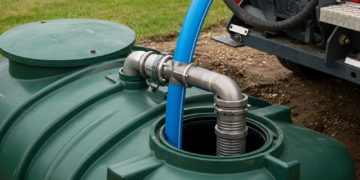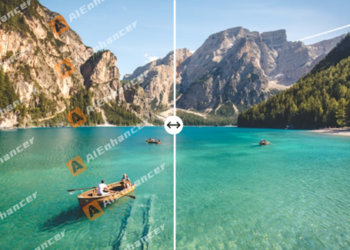Understanding potential construction issues can save homeowners thousands of dollars in repairs and countless headaches when buying or building a home. So, what is the most common construction defect?
Water intrusion due to improper waterproofing and faulty installation is the most common construction defect, accounting for approximately 70% of all construction defect claims in residential buildings.
While that statistic is precise, homeowners need to understand how water intrusion can occur, how to identify early warning signs, and what steps they can take to prevent this costly issue. Continuing to read will provide valuable insights into protecting your home from this prevalent problem.
How Does Water Intrusion Occur In Buildings?
Water can enter through various points of vulnerability, with the roof and exterior walls being the most common entry areas. Poor flashing installation around windows, doors, and other openings often creates pathways for water to seep in. Additionally, inadequate grading around the foundation or improperly installed drainage systems can lead to water accumulation and eventual intrusion.
Foundation cracks, poorly sealed joints, and substandard waterproofing materials contribute significantly to water infiltration problems. Even minor issues like improperly installed gutters or missing roof shingles can create conditions allowing water to penetrate the building envelope.
What Are The Warning Signs Of Water Intrusion?
Early detection of water intrusion problems can prevent extensive damage and expensive repairs. The most obvious signs include water stains on walls or ceilings, peeling paint or wallpaper, and visible mold growth. Musty odors, warped flooring, and increased humidity levels can also indicate hidden water issues.
Sometimes, the signs are more subtle. Homeowners should watch for deteriorating caulk around windows and doors, rust spots on metal fixtures, or efflorescence (white, powdery mineral deposits) on concrete or brick surfaces. These indicators often appear before significant damage becomes visible.
How Can Homeowners Prevent Water Intrusion?
Prevention starts with regular maintenance and inspection of potential water entry points. This includes cleaning gutters and downspouts, checking roof conditions, and ensuring proper drainage around the foundation. Homeowners should also regularly inspect and maintain seals around the building envelope’s windows, doors, and other penetrations.
When planning new construction or major renovation projects, many homeowners start by searching ‘commercial general contractors near me‘ to find qualified professionals who understand proper waterproofing techniques. Working with experienced contractors is crucial for ensuring the correct installation of vapor barriers, flashings, and drainage systems. Investing in quality materials and proper installation methods upfront can save significant costs in future repairs.
What Should You Do If You Discover Water Intrusion?
Immediate action is essential when water intrusion is discovered. The first step is to identify and stop the source of the water if possible. This might mean patching a roof leak, fixing a plumbing issue, or addressing drainage problems. Documenting the damage with photos and written descriptions is crucial, as this information may be needed for insurance claims or contractor discussions.
A professional assessment is typically necessary to determine the full extent of the damage, as water can travel through building materials unexpectedly. A qualified contractor or water damage specialist can use moisture meters and other specialized equipment to detect hidden moisture problems that aren’t visible to the naked eye.
How Much Does It Cost To Fix Water Intrusion Problems?
The cost of repairing water intrusion issues varies significantly depending on the extent of the damage and the required remediation. Minor repairs like replacing damaged drywall or fixing a small leak might cost between $500 and $2,500. However, major structural repairs involving foundation waterproofing or extensive mold remediation can easily exceed $10,000.
Prevention is typically much more cost-effective than repair. For example, adequately installed waterproofing measures during construction might add $1,000-$3,000 to building costs but can save tens of thousands in potential repair costs. Insurance may cover some water damage repairs, but many policies exclude damage resulting from long-term water intrusion or poor maintenance, making it even more critical to address issues promptly.
Taking Action Today
Given that water intrusion is such a prevalent and costly issue, the most critical step you can take right now is to inspect your property’s water management systems thoroughly. Set aside an hour this weekend to check your gutters, downspouts, and foundation drainage, looking for any signs of water pooling or improper flow that could lead to future problems.











































































